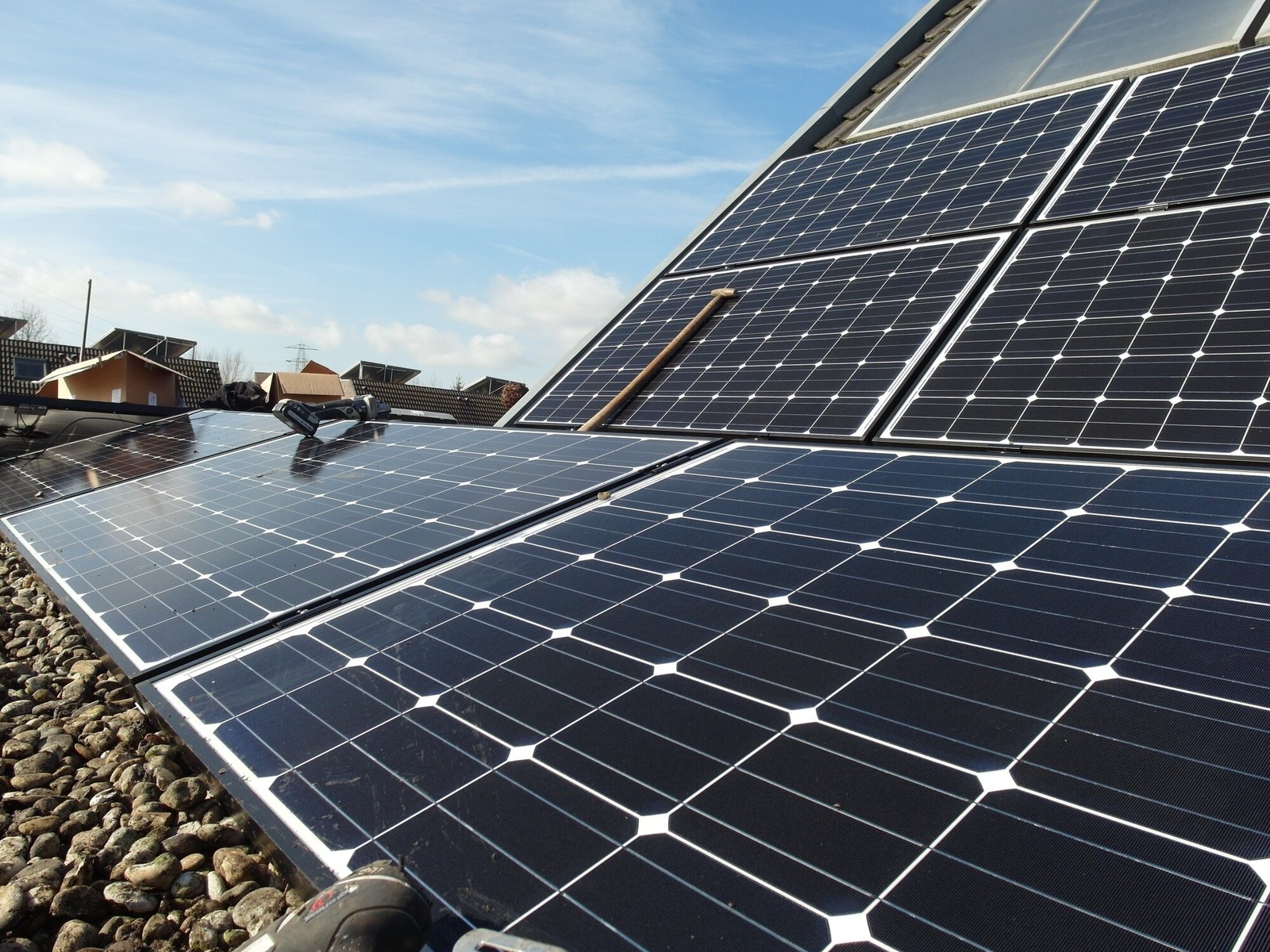Do you want to get off the national grid completely? Do you want to start your own energy company? If so, consider looking into solar panels for your home.
Solar panels have become famous for residential and commercial use in the last decade. Many people choose to install them for environmental and financial reasons. Technologies have evolved to be more efficient, reliable, and affordable.
But a lot of people wonder one thing: how much energy does a solar panel produce? Is solar panel output worth the investment?
With this article, you’ll learn everything you need to know. That way, you can figure out whether a home solar power system is right for you. First, let’s look at some basic science behind solar power.
How Does It Work?
A solar panel is a device that uses the energy from sunlight to generate electricity. Solar panels use an array of photovoltaic cells made from semiconductors. This includes silicone that converts sunlight into electricity.
When the sunlight hits the cell, it knocks electrons free from their atoms. This allows them to flow through the material to produce electricity. The electricity produced is direct current (DC).
The solar panel then converts this DC into alternating current (AC), the power used in homes and businesses. The AC is then fed into the electrical grid and distributed to homes and businesses. And this is how solar panels work.
Solar Panel Output Calculation
Calculating the energy of a solar panel is simple, and involves just a few steps. Once you have the projections, you can decide what kind of panel fits your needs, so you can keep more money in your pocket. So, here’s how:
Per Day
To calculate the output of a solar panel per day, start by finding the total wattage of the board. Multiply this number by the panel’s efficiency rating, expressing the panel’s power output in watts. Then, calculate the average amount of available daylight hours per day by multiplying the direct sunlight hours, on average, by 1.25.
Multiply this figure by the wattage of the solar panel to determine the total solar energy harvested per day. Finally, divide the total energy harvested by the amount of energy obtained from the same-sized panel in one hour of direct sunlight. This will provide the daily output of the solar panel.
Per Month
To calculate the solar panel output per month, you first need to understand how much energy you need. Calculate the wattage of the appliances you will power to get the total wattage needed. From there, you need to look at the wattage of your solar panel.
Add up the estimated energy output of your panels over the month by multiplying the panel’s wattage by the peak sun hours. Then multiply by 1000 to get kilowatt-hours. This will give you an estimate of the solar panel output per month.
Factors that Affect Solar Production
Solar panel energy production is a multifaceted equation. The amount of solar panel energy generation is dependent on several factors. Here are some.
Location
The location of a solar panel system plays a huge role in the amount of energy it produces. Depending on the climate, a solar panel system in one area may not produce the same amount of energy as in another area.
It is likely to produce more energy if it’s in an area with large amounts of direct sunlight. To get the most out of a solar panel system, it’s crucial to find the ideal location.
Type of Solar Panel
The type of solar panel employed has a determining role in the amount of energy it produces. Monocrystalline and polycrystalline solar panels are more efficient at converting light into significance than thin film solar cells.
This is because the monocrystalline and polycrystalline versions have longer lifespans, with decreased susceptibility to the effects of extreme weather and temperature conditions.
Angle
The angle at which they’re mounted can have a significant impact. Depending on the solar panel’s latitude, its angle should be set to face the sun’s rays at its highest point during the day. This optimal angle will help increase the power output efficiency of the entire system.
When the angle is too steep, the rays won’t be able to penetrate the photovoltaic cells to the same degree. Likewise, with a too-shallow tip, the energy captured by the solar systems will be reduced.
How Do You Maintain Its Efficiency
Cleaning and checkups are essential to maintain the efficiency of your solar panels. Professionals can clean your panels once a year and ensure all the necessary connections are secure.
They can also troubleshoot and detect any issues with your panels before they become problematic. It’s also a good idea to keep a record of all maintenance services that have been completed.
This ensures that any necessary changes and repairs are done, thus prolonging the panel’s life and its efficiency over time. With this great information on how to maintain its efficiency, you can enjoy the benefits of solar panels for years to come.
Use Solar Panel Output for a Greener Future
Solar panels are an effective and clean way to harness solar energy for various uses. Solar panel output can range from under a watt to several hundred watts per panel, depending on the panel type and available sunlight.
Investigate the many benefits of switching to solar energy today. The environment, and your wallet, will thank you!
If you find this helpful and want to read more great content, check out our latest blog posts now!

